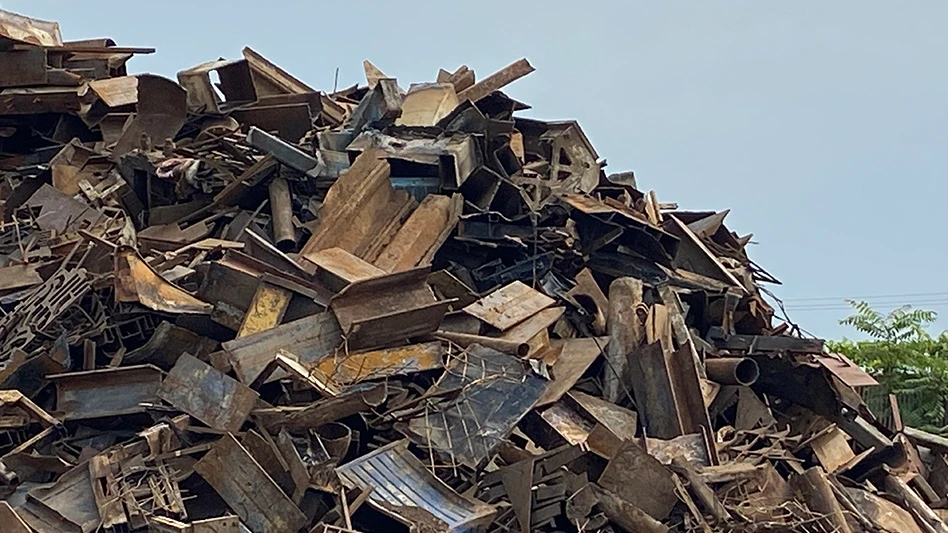
Recycling Today archives
Schnitzer Steel Industries Inc. returned to a positive net income figure in its fiscal year 2023 second quarter, which ran from Dec. 1, 2022, to Feb. 28, 2023.
The Portland, Oregon-based company says its most recent quarterly financial performance shows “significant sequential performance improvement driven by higher demand for recycled metals, with average net selling prices for ferrous and nonferrous [scrap] up 8 percent and 10 percent, respectively.”
Schnitzer's ferrous scrap sales volumes increased by 48 percent compared with the September to November 2022 time frame. The company says it benefited in its most recently completed quarter “from a drawdown of inventories, including several ferrous shipments that slipped from the previous quarter into December and the resumption of full operations at the Everett [Massachusetts] and Oakland [California] facilities in mid-November.”
“Our strong sequential performance improvement reflects strengthening demand and prices for recycled metals and the resolution of the operational disruptions we faced in the first quarter,” Schnitzer CEO Tamara Lundgren says. “We achieved these results and generated strong operating cash flow despite tighter than expected supply flows.”
In dollars and cents, Schnitzer recorded net income of $4 million in its second quarter, rebounding from an $18 million loss in the September-November 2022 time frame. The company also says it experienced a net income per ferrous ton of $3.
The $4 million income figure, however, is down 89.5 percent from the $38 million earned by Schnitzer in the second quarter of its 2022 fiscal year (covering December 2021 and the first two months of 2022).
Schnitzer’s revenue figure of $756 million in its most recent quarter marks a 26 percent improvement from the $599 million recorded in the prior quarter. Compared with one year ago, however, the firm’s revenue is down by 3.5 percent.
"Recycled metals demand and selling prices strengthened throughout the quarter in both the export and domestic markets amid stronger global steel demand, tight availability of scrap, strong rebar demand in Turkey and inventory restocking," Schnitzer says of operating conditions in recent months.
“The expansion in metals spreads in the higher price environment was limited by the tight supply flow environment. Compressed metal spreads on shipments contracted before the increase in market prices during the second half of the quarter offset the benefit from average inventory accounting of approximately $8 per ferrous ton.”
Regarding the remainder of 2023, Lundgren says, “Looking forward, we expect a further improvement in results in the third quarter [March through May of this year] driven by an expansion of metal margins as we realize the benefit of shipments contracted at higher prices and as supply flows improve seasonally.”
She concludes, “We continue to believe the structural demand for recycled metals remains positive, supported by the transition to low carbon technologies, the increased focus on decarbonization and the expected funding related to the Infrastructure Investment and Jobs Act and the Inflation Reduction Act, including Buy Clean provisions.”
Latest from Recycling Today
- Lautenbach Recycling names business development manager
- Sebright Products partners with German waste management equipment company
- WasteExpo transitions to biennial format for enhanced experiences
- Study highlights progress, challenges in meeting PCR goals for packaging
- Washington legislature passes EPR bill
- PureCycle makes progress on use of PureFive resin in film trials
- New copper alloy achieves unprecedented high-temperature performance
- Gränges boosts profits and sales volume in Q1 2025





